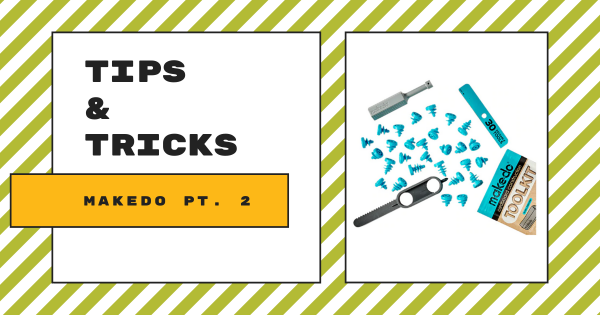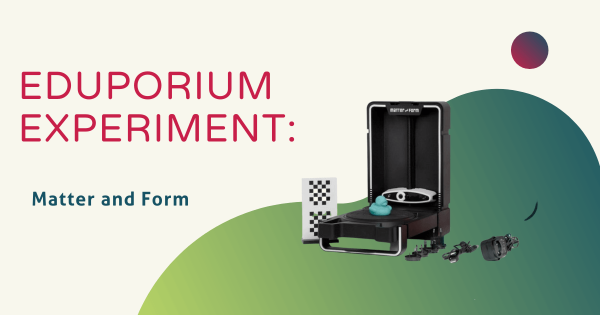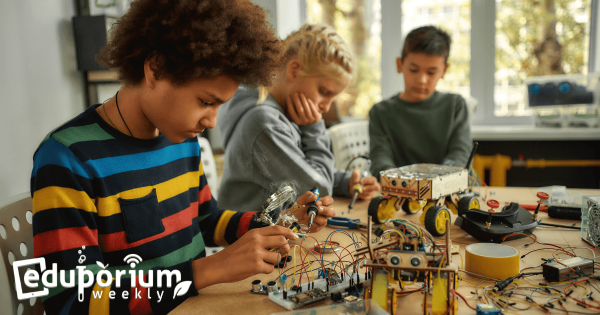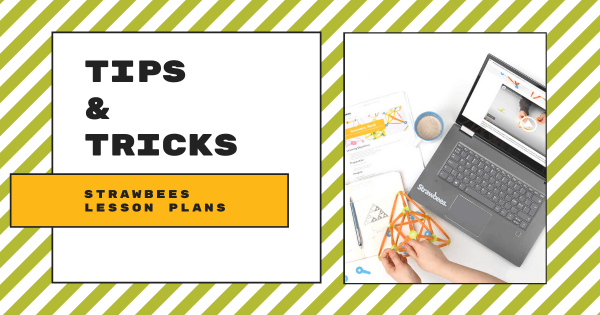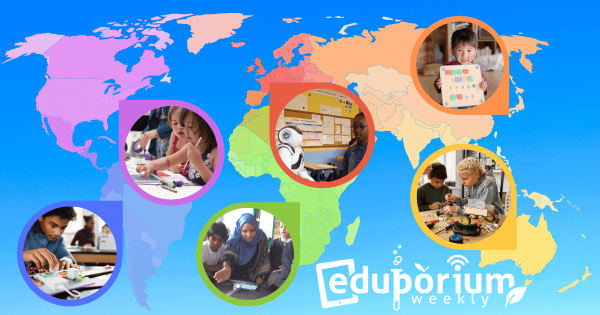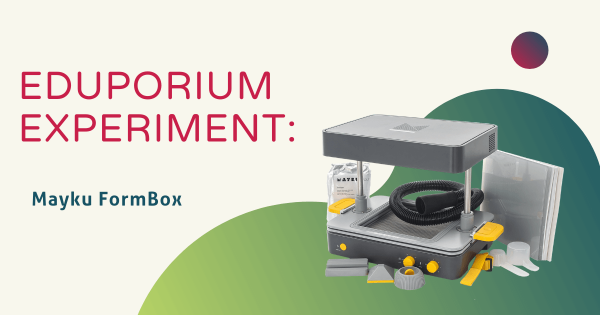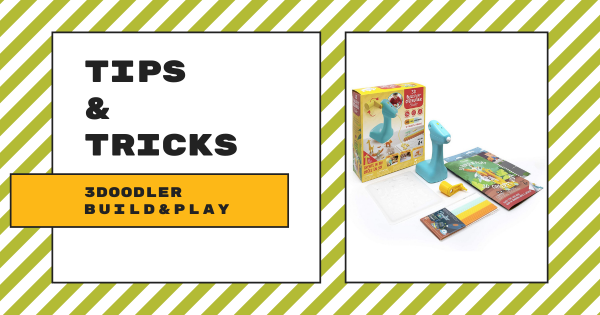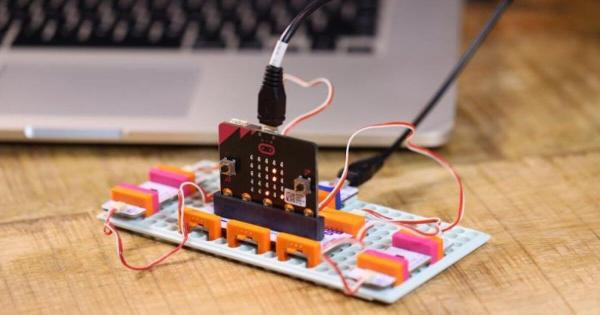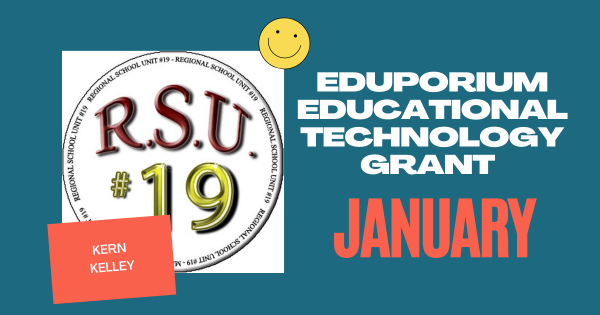The simplistic MakeDo construction system is loved by many and it serves as a super valuable STEAM tool in and out of the classroom. It’s essentially a collection of replica construction tools, like screws, screwdrivers, and the saw, that kids can use for building with cardboard. They’re totally reusable, too, which helps kids learn the importance of repurposing and upcycling.
Inventing
-
Eduporium Weekly | Highlighting Child Inventors To Inspire More
It’s not just the seasoned scientists and computer programmers who might invent world-changing and progress-focused solutions. In fact, there’s also plenty of inventive kids and teens out there who have left their mark on the world with both big and small inventions, and some have even contributed to key inventions throughout history. So, let’s learn about a few of them. -
Eduporium Experiment | The Matter And Form 3D Scanner
The Matter and Form 3D scanner is a tool well suited for the older students who would like to add more complex objects to their virtual toolbox quickly and easily. In this hands-on edition of the Eduporium Experiment, we’re set to explore the imaging resolution of the Matter and Form 3D scanner along with many of its other most important -
Eduporium Weekly | Promoting Inventiveness In Education
Inventiveness, if you ask us, is something that goes hand in hand with 21st century problem solving and creativity, but, despite how it could potentially really help enable instructors to challenge student creativity, it is oftentimes overlooked. Luckily, inventiveness is key in STEM education and one of the key soft skills students can work on as soon as they enter -
Tips & Tricks | Strawbees Lesson Plans For STEM And STEAM
The Strawbees STEAM kits provide students with a complete solution built for hands-on design, engineering, and programming. Each kit is comprised of reusable and recyclable straws and connectors that fit together and kids can create structures or robotic mechanisms with complete customization. Plus, teachers can find lessons or activities within Strawbees Classroom. -
Eduporium Weekly | The Global Reach Of The Maker Movement
Now a phenomenon that’s reached global levels, the Maker Movement has brought so many creative people together. Now, as that spirit has found its way into countless schools, classrooms, and libraries, it is also helping out educators with finding fresh ways to excite students and empower them to learn and express themselves through perseverance and project design. -
Eduporium Experiment | Mayku FormBox
Classified as a desktop 3D vacuum former, the Mayku FormBox serves as an easy-to-use and affordable machine that helps enable your students to create 3D objects safely and quickly. The FormBox comes with the getting started manual, a casting guide, and a forming guide and the Mayku Teach portal contains helpful project ideas for students and insights for teachers. -
Tips & Tricks | The 3Doodler Build & Play
With the 3Doodler Build & Play, inventing is much more accessible for even the youngest children. Its own take on 3Doodler’s classic 3D printing pens, the Build & Play is a simplified machine that kids as young as four can use for creating three-dimensional objects in almost any learning environment. So, head inside to learn about using it with Pre-K -
New littleBits micro:bit Adapter Now Available
A compact and affordable tool, students can use the micro:bit V2 board to start out with beginner level programming and eventually learn to use it for creating programs with much higher levels of complexity. Its biggest value, however, may come in its compatibility with other teaching tools, including the littleBits micro:bit Adapter among other educator favorites. -
January Grant: Congratulations to Kern Kelley from Maine!
We’re excited to be able to present another dedicated educator with an EdTech grant. For the month of January, we’ve selected Kern Kelley, a middle school teacher from RSU 19 in Newport, Maine as the recipient! Among all of the submissions we received, Kern’s stood out to us due to the connections to the spirit of the Maker Movement.




